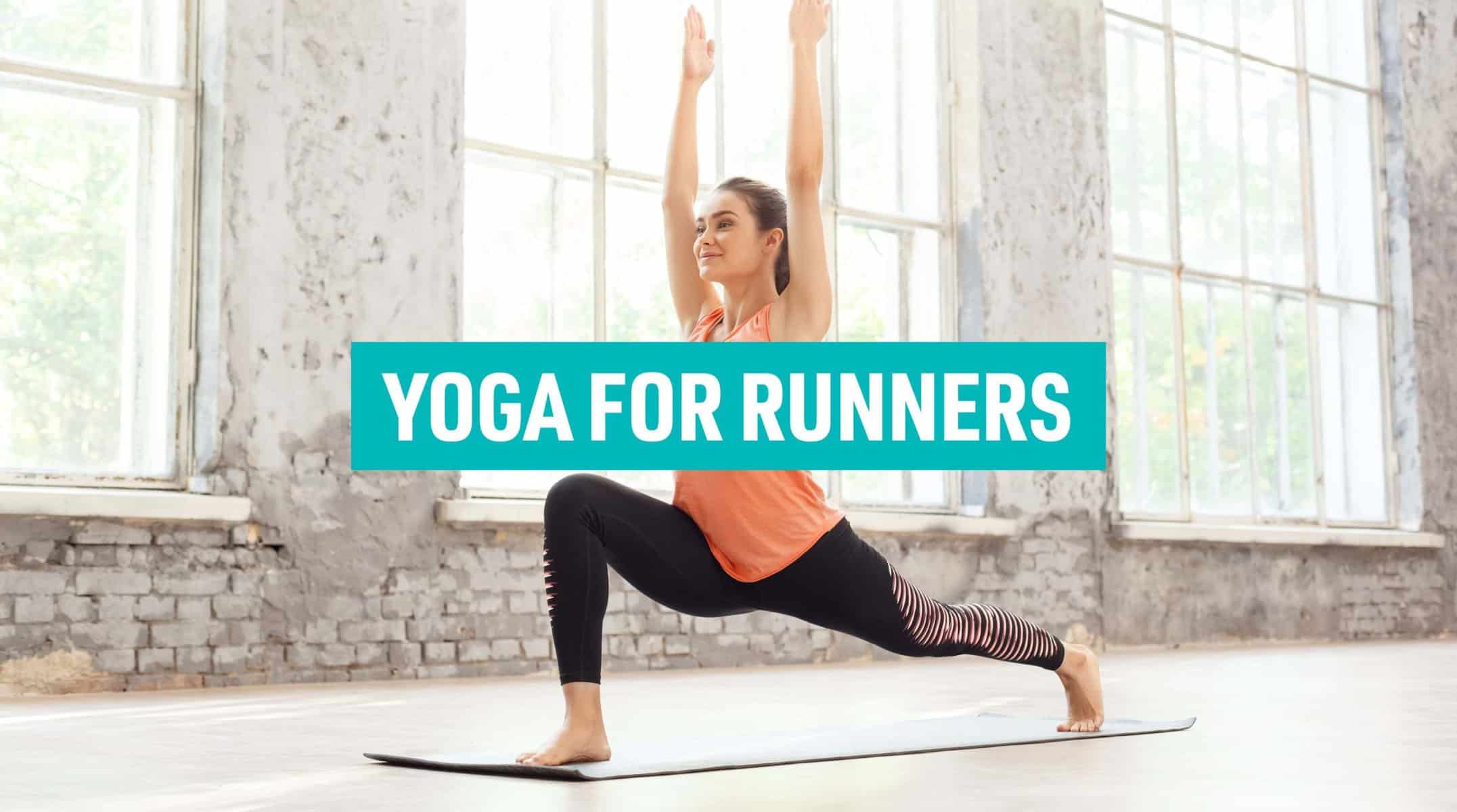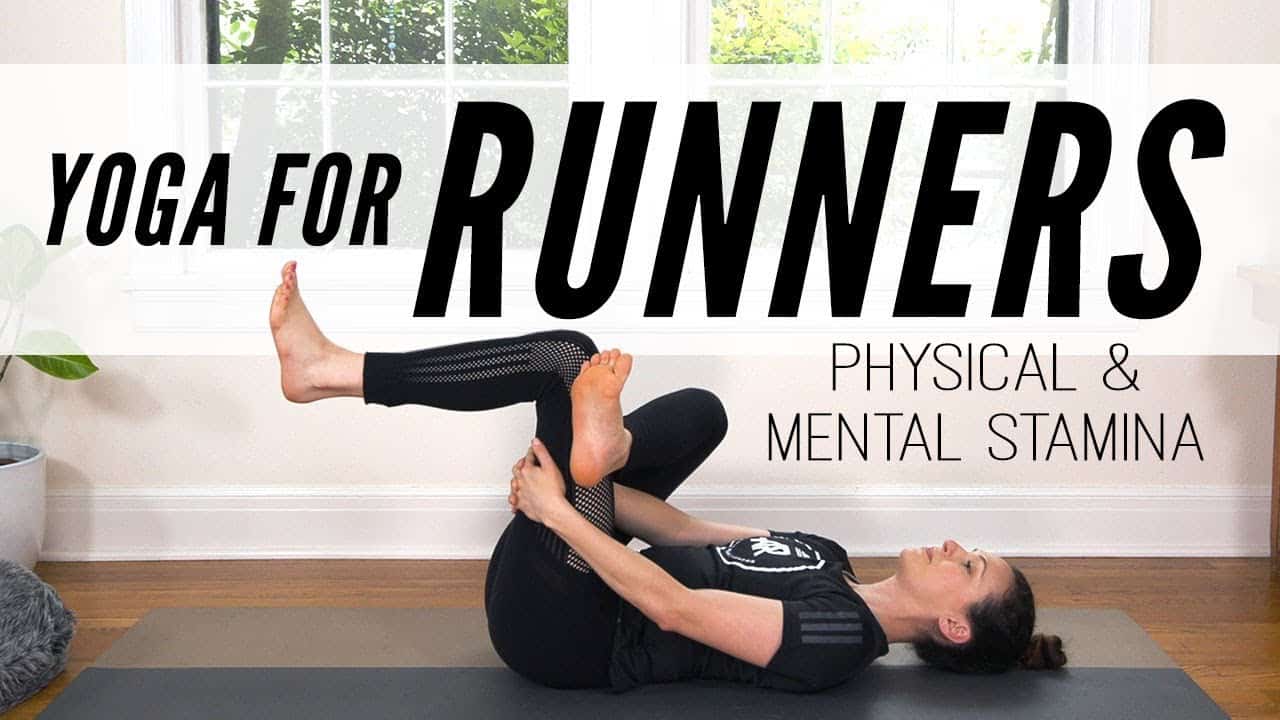Yoga for runners enhances flexibility, strength, and balance, reducing the risk of injury and promoting overall performance and well-being.
Yoga for Runners: The Secret to Boosting Your Performance and Preventing Injuries!
Yoga and running are two popular forms of exercise that have their own unique benefits. While running is known for its cardiovascular benefits and ability to improve endurance, yoga is often praised for its ability to increase flexibility, strength, and mental focus.
However, what many people may not realize is that yoga and running can actually complement each other quite well. In fact, incorporating yoga into a running routine can enhance performance, prevent injuries, and provide a much-needed balance to the body and mind.
Understanding the Connection between Yoga and Running
At first glance, yoga and running may seem like completely different practices. Yoga is slow-paced, focused on breath control and holding poses, while running is fast-paced and involves repetitive movements. However, when you take a closer look, you’ll find that there are actually many similarities between the two.
Both yoga and running require mental focus and concentration. In yoga, practitioners are encouraged to be present in the moment and focus on their breath and body sensations. Similarly, when running, it’s important to stay focused on your form, breathing, and pace. The ability to stay mentally present can greatly enhance performance in both practices.
Additionally, both yoga and running can be meditative in nature. When practicing yoga, individuals often enter a state of flow where they are fully immersed in the practice and experience a sense of calm and relaxation. Similarly, runners often describe experiencing a “runner’s high” where they feel a sense of euphoria and mental clarity during or after a run.
How Yoga Improves Running Performance
Yoga can greatly enhance running performance by improving flexibility, strength, balance, and mental focus. One of the key benefits of yoga for runners is increased flexibility. Many runners struggle with tight muscles, particularly in the hips, hamstrings, and calves. This lack of flexibility can lead to imbalances in the body and increase the risk of injury. By incorporating yoga into a running routine, runners can improve their flexibility and prevent muscle imbalances.
In addition to flexibility, yoga also helps to strengthen the muscles used in running. While running primarily targets the lower body muscles, yoga engages the entire body, including the core, arms, and upper back. By strengthening these muscles, runners can improve their overall running form and efficiency.
Furthermore, yoga can improve balance and proprioception, which is the body’s ability to sense its position in space. This is particularly important for trail runners or those who run on uneven surfaces. By practicing yoga poses that challenge balance, runners can improve their stability and reduce the risk of falls or injuries.
The Science behind Yoga for Runners: Muscle Activation and Flexibility
The benefits of yoga for runners are not just anecdotal; there is scientific research to support these claims. A study published in the Journal of Strength and Conditioning Research found that a 10-week yoga intervention improved flexibility and balance in runners. Another study published in the International Journal of Yoga Therapy found that a 12-week yoga program improved running economy and performance in recreational runners.
When it comes to muscle activation, a study published in the Journal of Sports Science and Medicine found that certain yoga poses activate the same muscles used in running. For example, poses like Warrior I and II activate the quadriceps, hamstrings, and glutes, which are all important muscles for running. By regularly practicing these poses, runners can strengthen these muscles and improve their running performance.
In terms of flexibility, a study published in the Journal of Sports Rehabilitation found that a 6-week yoga program increased hamstring flexibility in runners. This increased flexibility can lead to improved running form and reduced risk of injury.
Yoga Poses for Runners: A Comprehensive Guide
There are several yoga poses that are particularly beneficial for runners. These poses target key areas of the body that tend to be tight or weak in runners. Here are some of the best yoga poses for runners:
1. Downward Facing Dog: This pose stretches the hamstrings, calves, and shoulders, while also strengthening the arms and core.
2. Low Lunge: This pose stretches the hip flexors and quadriceps, which can become tight from running.
3. Pigeon Pose: This pose targets the hips and glutes, which can also become tight from running.
4. Triangle Pose: This pose stretches the hamstrings, calves, and hips, while also strengthening the legs and core.
5. Bridge Pose: This pose strengthens the glutes and hamstrings, while also stretching the chest and shoulders.
6. Tree Pose: This pose improves balance and stability, which is important for runners.
7. Standing Forward Fold: This pose stretches the hamstrings and calves, while also calming the mind.
The Importance of Breathwork in Yoga and Running
Breathwork is an integral part of both yoga and running. In yoga, practitioners are encouraged to focus on their breath and use it as a tool to calm the mind and connect with their body. Similarly, in running, proper breathing technique can greatly enhance performance and reduce fatigue.
In yoga, there are several different types of breathwork techniques that can be incorporated into a practice. One of the most common techniques is deep belly breathing, where you inhale deeply into your belly and exhale fully. This type of breathing helps to activate the parasympathetic nervous system, which promotes relaxation and reduces stress.
In running, proper breathing technique involves taking deep breaths into the diaphragm rather than shallow chest breaths. This allows for more oxygen to be taken in and delivered to the muscles, which can improve endurance and reduce fatigue.
Yoga for Runners: Pre-Run and Post-Run Routines
Incorporating pre-run and post-run yoga routines into a running routine can provide numerous benefits. A pre-run yoga routine can help to warm up the muscles, increase flexibility, and mentally prepare for the run. A post-run yoga routine can help to cool down the body, stretch out tight muscles, and promote recovery.
A pre-run yoga routine could include poses such as Sun Salutations, lunges, and gentle twists to warm up the body and activate the muscles used in running. A post-run yoga routine could include poses such as Child’s Pose, Downward Facing Dog, and Pigeon Pose to stretch out the muscles and promote relaxation.
Yoga for Injury Prevention in Runners: Common Injuries and How Yoga Can Help
Running can be a high-impact activity that puts stress on the joints and muscles, which can lead to injuries. Common running injuries include shin splints, IT band syndrome, plantar fasciitis, and runner’s knee. Yoga can be a valuable tool for preventing and healing these injuries.
Yoga helps to strengthen the muscles around the joints, which can provide stability and support. For example, poses like Warrior I and II strengthen the quadriceps and glutes, which can help to prevent knee injuries. Poses like Downward Facing Dog and Standing Forward Fold stretch the calves and hamstrings, which can help to prevent shin splints.
Furthermore, yoga helps to improve flexibility, which can reduce the risk of overuse injuries. By regularly practicing yoga poses that target tight areas of the body, runners can improve their range of motion and reduce muscle imbalances.
The Mental Benefits of Yoga for Runners
In addition to the physical benefits, yoga also provides numerous mental benefits for runners. Running can be a mentally challenging activity that requires focus, determination, and mental resilience. Yoga helps to cultivate these qualities by teaching individuals how to stay present in the moment and develop mental clarity.
Yoga also provides a space for runners to relax and unwind. The slow-paced nature of yoga allows for a break from the constant movement and high-intensity of running. By practicing yoga, runners can reduce stress, improve sleep, and enhance overall well-being.
How to Incorporate Yoga into Your Running Routine
Incorporating yoga into a running routine doesn’t have to be complicated or time-consuming. Even just a few minutes of yoga each day can provide significant benefits. Here are some tips for incorporating yoga into a running routine:
1. Start with short yoga sessions: Begin by incorporating just 10-15 minutes of yoga into your daily routine. This could be done in the morning before a run or in the evening as a way to wind down.
2. Focus on key areas: Pay attention to the areas of your body that tend to be tight or weak from running, such as the hips, hamstrings, and calves. Choose yoga poses that target these areas and incorporate them into your routine.
3. Be consistent: Consistency is key when it comes to reaping the benefits of yoga. Aim to practice yoga at least 3-4 times per week to see improvements in flexibility, strength, and mental focus.
4. Listen to your body: It’s important to listen to your body and modify poses as needed. If a pose feels uncomfortable or causes pain, back off or choose a modification that feels better for your body.
5. Find a balance: While yoga can greatly enhance running performance, it’s important to find a balance between the two practices. Avoid overdoing it with either running or yoga, as this can lead to burnout or injury.
The Power of Yoga for Runners and How It Can Transform Your Running Journey
In conclusion, incorporating yoga into a running routine can provide numerous benefits for runners. From improved flexibility and strength to enhanced mental focus and injury prevention, yoga has the power to transform a runner’s journey.
By taking the time to practice yoga regularly, runners can improve their running performance, prevent injuries, and find a sense of balance and well-being in their training.
So why not give it a try? Roll out your mat, take a deep breath, and see how yoga can enhance your running journey.
Originally posted 2024-03-09 09:34:35.
Co-founder of Yogalian.com. Over 8 years of sharing yoga and mindfulness across Vietnam and online. Passionate about bringing body awareness and peace into daily life.




